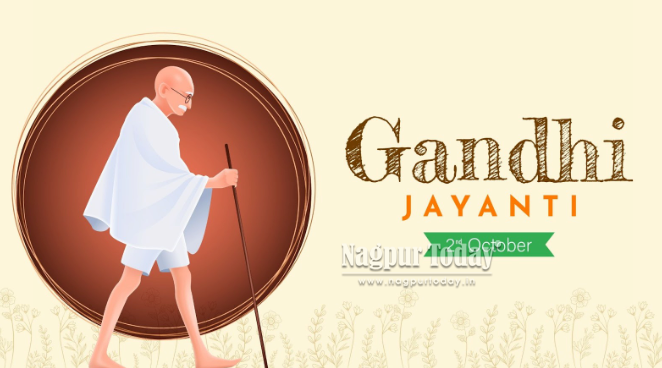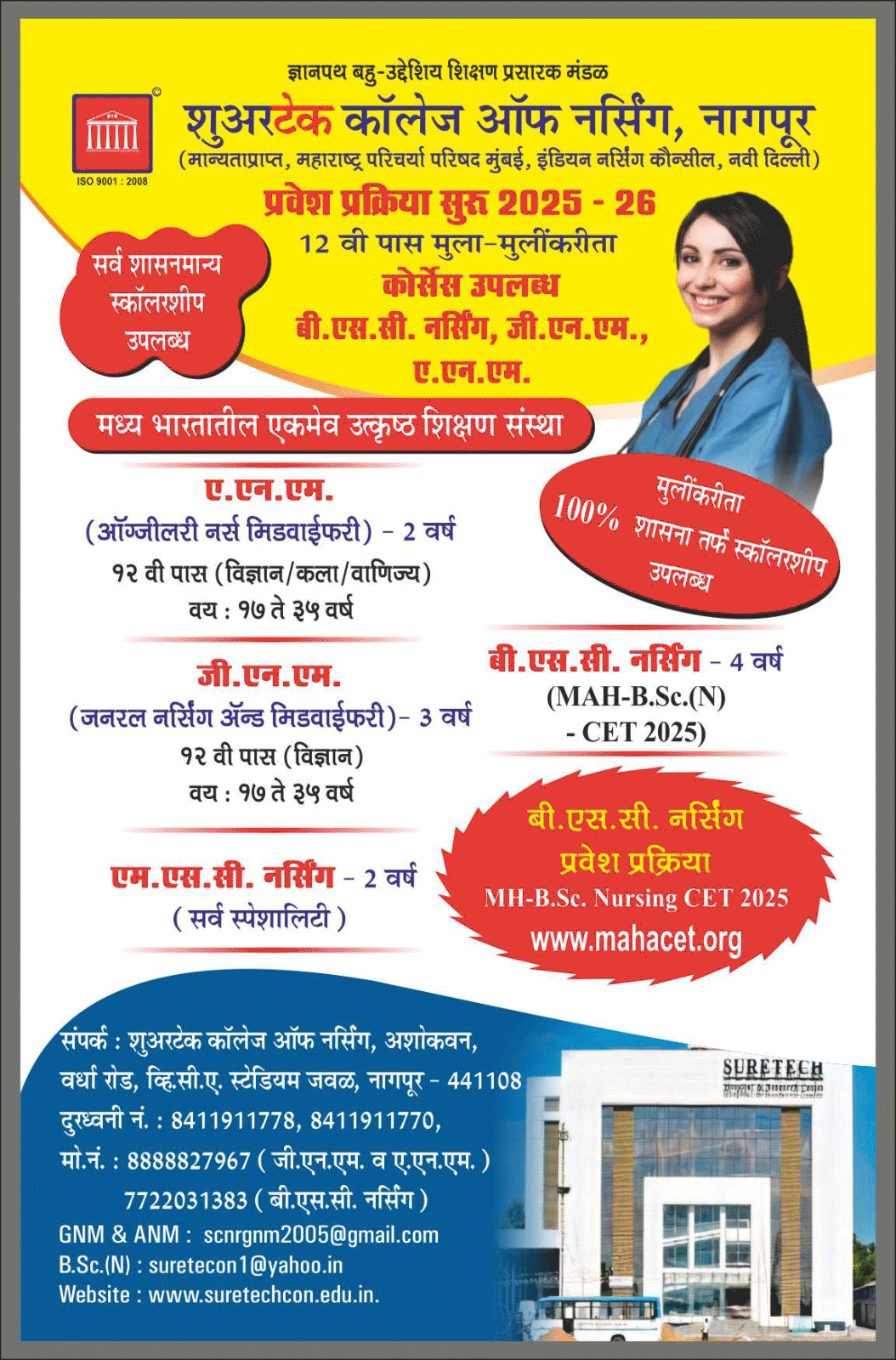
Gandhi Jayanti, celebrated yearly on October 2nd, commemorates the birth of one of the nation’s most significant figures, Mahatma Gandhi. The holiday honours his legacy of truth, self-discipline, and peace. For schools, it marks a powerful reminder of principle and faith and provides a deeper understanding of Gandhi’s philosophy.
Schools often celebrate with art exhibitions, writing competitions, and prayers, where students are given the opportunity to recognize Gandhi’s efforts towards a cleaner and brighter India.
Here are our top ways schools can plan and celebrate Gandhi Jayanti in 2025 that inspire action and movement.
Creative Classroom Ideas for Gandhi Jayanti
Poster-Making Activities and Wall Displays
Making a Gandhi Jayanti poster is one of the simplest, quickest ways to mark Gandhi Jayanti in a classroom. Provide your students with some basic stationery (paper, colouring materials, a few Gandhi quotes for inspiration) and ask them to make their own poster on a theme of peace, non-violence, or truth. You don’t have to provide them with fancy stuff; in fact, less is usually more when it comes to inspiring creativity!
When the posters are ready, put them up on a classroom wall or noticeboard. Or, if you like, you could dedicate a whole wall to Gandhi-themed artwork – a “Gandhi Wall”, where each and every one of your students contributes something. It’s a simple and visual way to get your whole class involved in the celebration, and one that generates discussion when other children come past to look at their classmates’ work.
Drawing or Colouring Gandhi Symbols
Stick with the visual and the simple for primary school kids. You can ask them to participate in drawing competitions or colour-in symbols that are associated with Gandhi, for example the charkha, Gandhi’s glasses, the Indian flag, and so on. Chances are, they’ll get the symbolism by osmosis just from the act of drawing these items.
Short stories also go a long way at this age – a couple of sentences on why Gandhi always wore simple clothes, or what the charkha represented, or what message the Indian flag carried. Five-year-olds might not understand fairness or civil disobedience in an academic sense, but if you wrap the ideas around a story and a picture they’re colouring in, they’ll get it.
Art & Craft Projects Inspired by Gandhi’s Life
If you have a bit more time to work with, consider a small project to mark Gandhi Jayanti. For instance, students could make a timeline of Gandhi’s life using drawings and recycled materials, working in groups to complete the task. Others may prefer to work with clay: making models of Gandhi, or perhaps the Dandi March, or even something simpler like a pair of Gandhi’s sandals, or his charkha.
Encourage the children to lead as much as possible: some may want to write a short note or reflection to go with their model or drawing, others might prefer a more tactile, hands-on experience building and crafting. The key thing is that they engage with the ideas and the man, and they take away something meaningful and personal from it – rather than just the academic bits.
Community and School-Wide Initiatives
Cleanliness Drives (Swachh Bharat-style)
One of the most hands-on ways to pay tribute to Gandhi on Gandhi Jayanti is by cleaning up our neighborhoods and the areas where we live and work. Mahatma Gandhi was known for his dignity of labour and for leading from the front – so what better time to get your hands dirty?
You could set up a cleaning drive on Gandhi Jayanti, either in and around the school campus, the local parks or nearby streets (obtaining permission, of course). Get students to bring along gloves, brooms and garbage bags and work in groups to tidy up the area. You could set a goal of 30 minutes of cleaning– the amount of difference you can make to the environment and the students’ sense of ownership and responsibility will surprise you.
Keep it safe, keep it structured, and even cap off the activity with a group photo and a discussion on why it mattered. It’s a small act, but a meaningful one.
Tree Planting or Gardening Activities
Mahatma Gandhi was a man who respected and loved nature and lived a very simple life. Tree planting or gardening is a wonderful way to imbibe this aspect of Gandhi’s life into students’ lives, especially if your school campus already has some greenery you could build on.
You could plant saplings, herbs or even native plants in your area, or upcycle old containers into mini planters. The class could even take turns to water and care for the plants in the following weeks. It’s a wonderful opportunity to talk about sustainability, patience and the kind of long-term thinking that Gandhi valued.
Charity Drives and Acts of Service
Gandhi was always reminding us to take care of the poorest and the most marginalized in our communities. This remains a message that’s just as relevant today as it was in Gandhi’s time. You could have students collect food and essentials for the nearest food bank, write letters to seniors in old-age homes, or gather used books and stationery to give as gifts to children in need.
It can be small – even baking cookies or Gandhi’s favourite bhajan for a fundraiser or making care packs can go a long way. It’s the thought that counts.
Encourage students to pick a cause they’re passionate about and take the initiative in leading it. Students are often very moved by the difference they can make in someone else’s life, and this is a lesson they’ll carry with them long after Gandhi Jayanti is over.
Why Gandhi Jayanti Matters in Schools
Gandhi Jayanti isn’t just another date on the calendar. For schools, it’s a chance to connect big-picture ideas like peace, service, and social justice with everyday classroom learning.
Gandhi’s values (honesty, self-discipline, non-violence) tie in naturally with the kind of character education many schools already aim to deliver. The day gives teachers a reason to talk about how those values show up in students’ lives, whether it’s resolving a conflict without aggression or showing kindness without expecting anything in return.
It’s also a great way to bring history to life. Instead of just reading about Gandhi, students can see what those lessons mean when they take part in a community activity, reflect on social responsibility, or even just work together on a class project.
Most importantly, Gandhi Jayanti offers space to have conversations that matter: What kind of people do we want to be? How can we make a difference, even in small ways? These are questions worth asking (and answering) with young people.
Make This Gandhi Jayanti Truly Meaningful
However, your school chooses to mark the day (whether it’s through posters, planting trees, or acts of service), the goal is the same: to help students take away something deeper than just dates and facts. This is a chance to slow down, think about the kind of values we’re passing on, and show students how to live them.
Even a small, thoughtful activity can spark big ideas. And those ideas, if they stick, will matter long after the decorations come down.
















